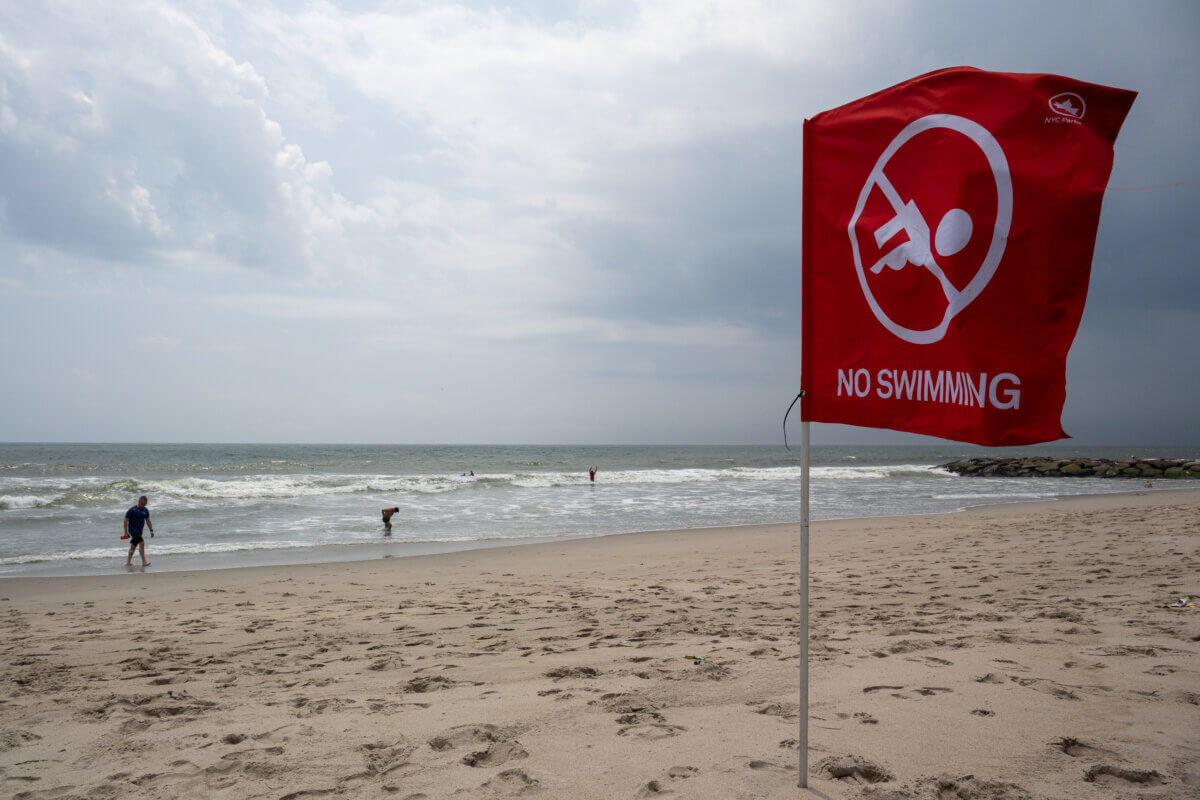On the most sweltering summer days in New York City, New Yorkers escape to the water.
But for a city surrounded by water, a shocking number of New Yorkers can’t swim. And when they head to our pools and beaches to cool off every summer, the results can be tragic.
Last summer, 19-year-old Amadou Thiam – home for summer break after his freshman year at Skidmore – drowned at Jacob Riis Park in the Rockaways. 15-year-old Markel Artis, a Bronx high schooler, drowned at Coney Island Beach. The list goes on.
As Chair of the City Council’s Committee on Parks and Recreation, and as President and CEO of the YMCA of Greater New York and Co-Chair of the NYC Citywide Lifeguard & Aquatics Taskforce, we have seen firsthand the water safety challenges our city faces. Every year, we lose too many New Yorkers to drowning.
According to the Centers for Disease Control and Prevention (CDC), drowning is the second leading cause of unintentional injury death for children ages 5-14. Communities of color are disproportionately affected; black children are five times more likely to drown than their white counterparts. In a city as diverse as New York, these disparities cannot be ignored.
There are three ways to improve access to water safety in New York City: invest in our aquatics infrastructure, increase access to swim programs and instruction, and build a pipeline of lifeguards and instructors.
With 520 miles of waterfront, New York is a city surrounded by water. Despite having more than 8 million residents, we have just 79 outdoor and 12 indoor parks pools — approximately one pool for every 91,000 residents. Given these statistics, it is not surprising that so many New Yorkers have never had the opportunity to learn to swim. We must invest in building more pools, particularly in underserved areas, to begin to close the gap between the number of available swimming facilities and our population.
At existing pools, as well as beaches, we should expand the free swim hours and seasons to reflect the actual “summer weather” months that now stretch from May well into the fall. With appropriate funding and extending the hours our pools and beaches are open, we can provide more swim instruction and improve the safety of our beaches — essential places that many New Yorkers turn to for relief from the summer heat.
As any parent who has struggled to find swim lessons for their child knows, we do not have enough swim instruction available in our city. There is more than one way to increase access to instruction. We can remove administrative barriers that prevent nonprofits from being able to offer free swim programs in public pools, we can partner with local organizations in new and creative ways to reach those underserved, and, of course, we can fund more swim lessons through our city budget. We must prioritize providing life-saving swim instruction to our 1.5 million children with public and philanthropic support.
Most importantly, we have to make our waters safe for New Yorkers. Our city’s lifeguard shortage was significantly exacerbated by the pandemic. By creating a Junior Lifeguard Corps –training high school students at school pools using City or nonprofit staff – we can build a sustainable pipeline of young people to keep our pools and beaches safe. New York City students across all five boroughs will be able to satisfy physical education requirements, develop skills towards a rewarding career, and spend their summers saving lives.
Improving swim access and safety is a matter of equity, public health, and safety. We can work together to implement these ideas to reduce preventable drownings and ensure that every resident, regardless of background or circumstance, can dive into the joy of swimming.
Shekar Krishnan is the Chair of the City Council’s Committee on Parks and Recreation. Sharon Greenberger is the President and CEO of the YMCA of Greater New York, and Co-chair of the Interorganizational Lifeguard & Aquatics Taskforce, a citywide effort comprised of both public and nonprofit aquatics providers.




































